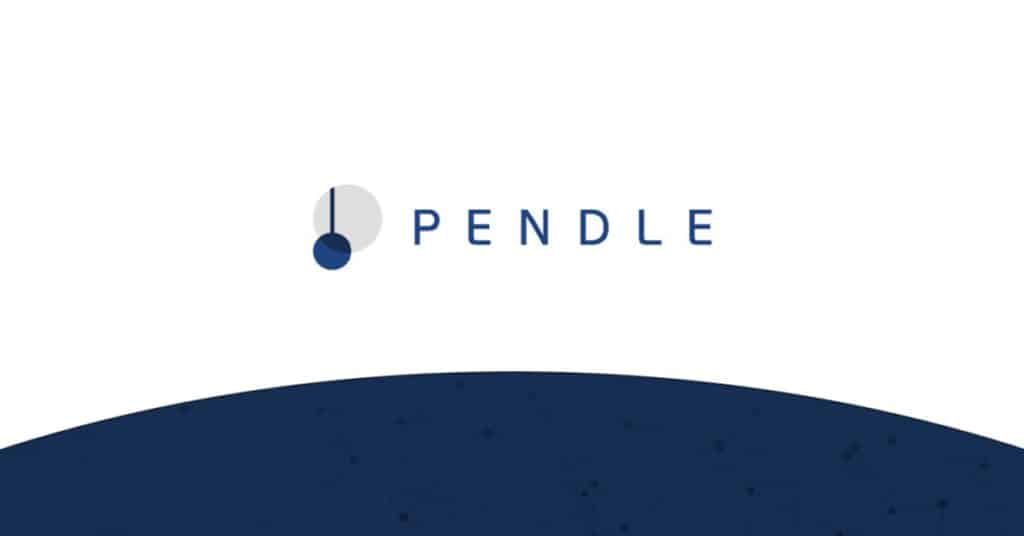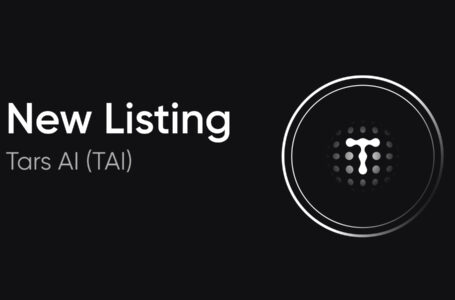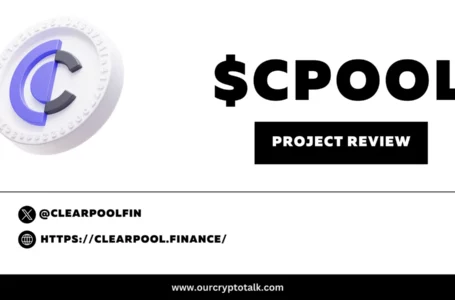
Pendle Finance: A Comprehensive Review of the Crypto Yield-Trading Protocol
In the fast-evolving world of decentralized finance (DeFi), Pendle Finance stands out as a unique protocol that allows users to unlock the future value of their yield-bearing assets. Launched in 2021, Pendle has introduced an innovative approach to DeFi by enabling users to trade future yield on a variety of assets through tokenized yield derivatives. This article explores Pendle Finance, its core features, the advantages and challenges it presents, and how it could shape the DeFi landscape.
What is Pendle Finance?
Pendle Finance is a decentralized yield-trading protocol that allows users to tokenize and trade the future yield on their assets. The platform targets a wide range of yield-bearing assets like staked tokens, liquidity provider tokens, and more. Pendle Finance operates on a dual-token system to separate ownership of an asset from its future yield, allowing users to benefit from both price appreciation and yield generation.
The protocol enables users to engage in yield trading and optimize their yield strategies, offering both active and passive opportunities in DeFi. It’s particularly appealing for users looking to speculate on the future yield of various assets or secure a predictable income stream through yield trading.
How Does Pendle Finance Work?
Pendle Finance utilizes a tokenization model that splits a yield-bearing asset into two components: the Ownership Token (OT) and the Yield Token (YT).
- Ownership Token (OT): The OT represents the ownership of the underlying asset. When you deposit a yield-bearing asset into Pendle, you receive OT tokens in exchange, allowing you to retain ownership of the principal asset without accessing its future yield directly.
- Yield Token (YT): The YT represents the yield generated by the asset over a specified time period. This token allows users to trade or sell the future yield of the underlying asset, creating a unique opportunity for yield speculation and income optimization.
By separating these components, Pendle enables trading of the future yield on decentralized exchanges (DEXs) where users can buy or sell yield tokens for a potential profit. When the yield period ends, the YT expires, and OT holders can reclaim the underlying asset or roll it over for another yield period. This split provides flexibility and trading opportunities for those looking to diversify or hedge their investments.
Key Features of Pendle Finance
Pendle Finance offers several standout features that set it apart from other DeFi protocols:
- Yield Tokenization: By tokenizing the future yield of assets, Pendle opens up new trading opportunities for users. Investors can speculate on the future yield of an asset or lock in guaranteed returns by selling YT tokens upfront.
- Permissionless and Decentralized: Built on the Ethereum and Arbitrum networks, Pendle operates as a fully decentralized protocol, meaning it’s accessible to anyone with an Ethereum-compatible wallet. This permissionless design makes it inclusive and secure.
- Automated Market Maker (AMM): Pendle has developed its own specialized AMM tailored for yield token trading. This AMM is designed to handle the time-decay aspect of YT prices, offering a more accurate representation of the asset’s yield potential over time.
- Fixed Yield Opportunities: By purchasing YT at a discount, users can secure fixed yields, providing stability in the volatile DeFi market. This feature is ideal for users looking for predictable returns without sacrificing ownership of their principal assets.
- Composable with DeFi Ecosystem: Pendle’s yield tokens can integrate with other DeFi protocols, enhancing composability. This allows users to leverage their yield tokens in other DeFi applications, such as borrowing and lending platforms, for even greater returns.
Benefits of Using Pendle Finance
Pendle Finance provides several advantages to DeFi users:
- Enhanced Yield Strategies: Pendle enables users to customize their yield strategies by either locking in fixed yields or speculating on future yield growth. This flexibility is highly beneficial in a market where yield opportunities are constantly shifting.
- Liquidity and Tradability: By allowing users to trade yield separately from the principal asset, Pendle enhances liquidity and gives users more control over their investments.
- Risk Management: For risk-averse investors, Pendle’s yield-trading options provide a safer way to gain predictable returns, offering a hedge against volatile DeFi yield fluctuations.
- Access to Diverse Yield Sources: Pendle supports a variety of yield-bearing assets, allowing users to diversify their yield sources and maximize potential returns.
Challenges and Risks
While Pendle Finance offers innovative features, there are certain risks and challenges to consider:
- Complexity: The yield tokenization model can be complex for beginners, requiring an understanding of tokenized assets, yield curves, and time-decay effects on pricing.
- Market Volatility: While yield tokenization can provide stability, the DeFi market remains inherently volatile. Users should be cautious when trading yield derivatives, as prices can fluctuate based on yield predictions and market sentiment.
- Smart Contract Risks: As with any DeFi protocol, Pendle is subject to smart contract risks. Though the protocol undergoes regular audits, the potential for bugs or vulnerabilities always exists in smart contract-based platforms.
The Future of Pendle Finance
Pendle Finance has carved a unique niche in the DeFi market, addressing both the need for yield trading and stability. As it continues to expand support for additional assets and integrate with other blockchains, Pendle could become a central hub for yield trading in DeFi. The platform’s innovations in yield tokenization and fixed income opportunities position it as a promising solution for users seeking both speculative and stable returns.
The protocol is expected to grow with the DeFi market, attracting users from various sectors who are interested in optimizing their returns. By continuously refining its features and expanding its ecosystem, Pendle could well shape the future of yield-trading protocols in the years to come.
Conclusion
Pendle Finance offers a groundbreaking approach to yield trading in DeFi by tokenizing future returns and allowing users to trade them separately from the underlying assets. Its dual-token model, specialized AMM, and fixed yield options provide significant advantages for both risk-tolerant and risk-averse investors. However, users should be mindful of the complexities and risks involved, particularly in the volatile DeFi environment. With its innovative offerings, Pendle Finance is likely to remain an influential player in the DeFi space as yield-trading protocols continue to evolve.


















